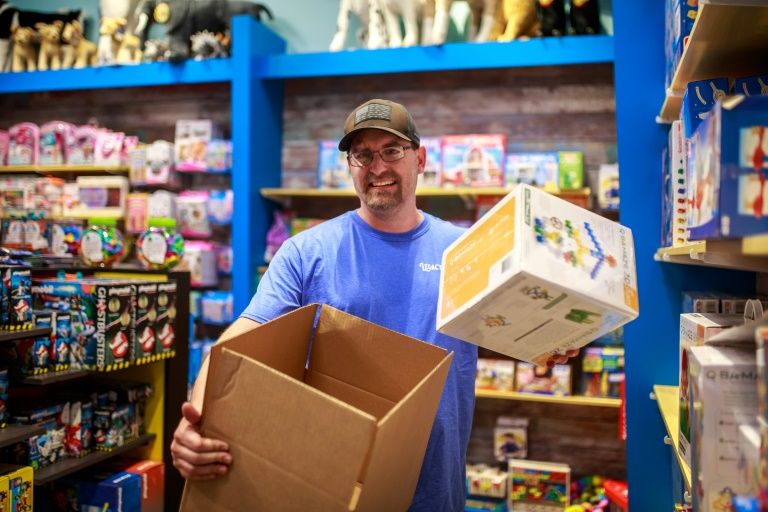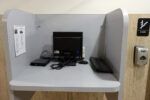New US layoffs show mixed impact of small business loans
()
The funds allowed the New York company to pay salaries for a couple of months, but last week it laid off six of 30 employees.
“We spent every penny,” said Jim Friedlander, president of the firm that specializes in cultural and educational package tours for museum and alumni groups, among others.
And now he is implementing furloughs for the remaining staff.
Arrangements Abroad’s plight shows how the US economy continues to bleed jobs in the aftermath of COVID-19 shutdowns, even as the economy reopens and despite federal initiatives like the PPP that aim to mitigate some of the downturn’s harshest impacts.
The US jobless claims data due out Thursday is expected to show another 1.35 million people applied for unemployment benefits last week, fewer than the prior week, but many times the pre-pandemic levels.
“The worst of the layoffs are behind us,” said Lydia Boussour, senior economist at Oxford Economics. “But there will still be some.”
Oxford is predicting a “two-phase” recovery following COVID-19, with about 60 percent of the jobs returning by the end of 2020 and remaining workers taking much longer to find opportunities, Boussour said.
Federal Reserve Chair Jerome Powell also has warned of the dangers of “persistent unemployment” that he said would “negate the gains made by many disadvantaged Americans during the long expansion.”
The steady stream of layoffs also points to the PPP’s mixed record, with some companies still cutting jobs, and others like Minnesota’s Legacy Toys still unable to rehire a majority of staff.
– Less demand for loans –
PPP, which provides forgivable loans to coronavirus-impacted small businesses to cover employee salaries and some expenses, was crafted by a bipartisan coalition in Congress as part of the $2 trillion CARES Act.
The initiative had a troubled rollout as a massive number of applications repeatedly crashed the Small Business Administration’s computer systems.
And the first round was quickly drained by loans to NBA teams and large companies like Ruth’s Chris Steakhouse that sparked outrage. Those funds were later returned.
More recently, lawmakers have criticized President Donald Trump’s administration for its refusal to release information on recipients, saying the lack of transparency has marred public confidence and raised questions about whether it has adequately supported minority-owned businesses.
Although the initial $350 billion to fund the program went quickly, the SBA still has about $130 billion left over from the second round, a possible sign fewer small businesses see a path forward.
Still, many analysts credit the PPP with helping to support US employment and believe the program helped fuel the surprise 2.5 million increase in jobs in May.
– ‘We won’t quit’ –
Friedlander said the PPP provided his company a chance to reposition itself for the coming months, when domestic travel is expected to recover more quickly, and it kept employees from adding to the burden of overwhelmed state unemployment offices.
“Financially and psychologically our employees are better off,” he said.
But “a loan is not what I need,” said Friedlander, who does not see business returning until mid-2021. “What I need is a vaccine so people can feel safe.”
Legacy Toys is using its PPP loan to build out an e-commerce business from its seven stores in Minnesota and North Dakota that are seeing “skyrocketing” demand for curbside pickup at reopened stores, owner Brad Ruoho said.
But Legacy, which obtained a $160,000 PPP loan, has only rehired 35 of 75 staff members since malls continue to operate with reduced hours, so stores require fewer workers, he said.
Massive protests in Minneapolis following the killing of George Floyd by local police also impeded the company’s efforts to get back to something like normal operations.
Legacy staff was not able to work out of the company’s Mall of America store for about a week, and the company lost about 40 packages that were burned in a Minneapolis Post Office that was looted.
“It’s been one thing after another. It’s been an interesting year,” Ruoho said.
“But we’re surviving. We’re fighters. We won’t quit.”
John BIERS
(AFP)
Disclaimer: Validity of the above story is for 7 Days from original date of publishing. Source: AFP.


